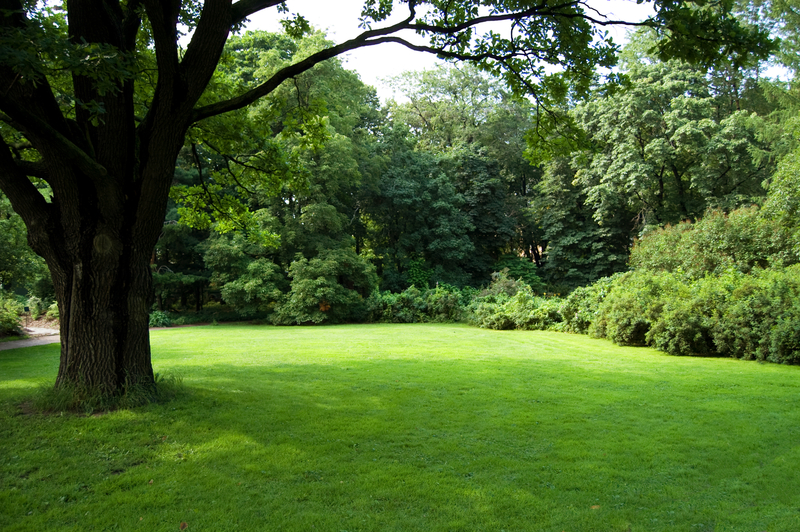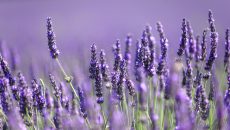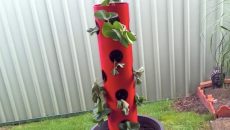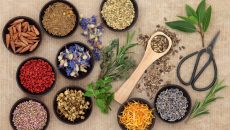Curious about which trees shouldn't be growing in your yard? This helpful guide will point you in the right direction. Keep these trees away from your homestead for a better outdoor experience. Find out more below!
Cottonwood
Many homeowners prefer cottonwood over various other plants, given its aesthetically pleasant appearance and its low maintenance. However, the cottonwood has a very shallow and soft root system. Its wood is prone to rotting, making it very unstable during severe storms.
Aside from the fact that the tree itself is fairly brittle, it can also be damaged by insects and diseases, which makes it even more exposed to the elements.
Bradford Pear
The reason why you should never plant the Bradford Pear tree in your backyard is because the characteristic pyramidal shape of the tree makes it very fragile.
Its branches tend to break during storms or strong winds – just like the cottonwood.
Even though you might be tempted to think that regular pruning may address the problem… it does not.
Apart from the branches, the tree is also known for producing white flowers that have a very pungent odor.
Mimosa Tree
Like the cottonwood, the mimosa tree is also known for its extremely frail wood that does not make it a particularly reliable tree.
This tree is known to attract webworm, and aside from the fact that it is a soft plant with branches that are prone to breakage, the mimosa is also known to produce large seeds that germinate very quickly.
In other words, you will be left with a whole “plantation” of mimosa trees before you even know it, if you are not careful enough!
Mulberry Tree
While some trees are known for their soft woods and weak root system, the Mulberry tree is radically different. The reason to avoid planting this in your backyard, however, is because it is known to produce impressive amounts of pollen. In turn, this attracts numerous insects… and silkworms in particular.
Chinese Tallow
Chinese Tallow ranks as one of the most invasive species of trees you can plant in your backyard. Given the fact it can reach up to 30 feet in width and 40 feet in height… think about how massive the roots of this tree will grow, in a couple of decades!
Norway Maple
It is known to offer great shade but, at the same time, it kills any other plant or shrub that tries to thrive around it.
Eucalyptus
The Eucalyptus tree is known to be one of the fastest growing plants in the world. Besides this, it does require lots of maintenance!
Quaking Aspen
This tree can turn out to be very “thirsty” for nutrients – so thirsty that it can end up weighing tons! Imagine having to care for that kind of tree in your backyard.
Weeping Willow
As beautiful and appealing as the Weeping Willow might be at first sight, its roots are ready to suck out all the water from the soil.
This is particularly dangerous if you plan to grow anything else aside from the willow, nearby.
Besides, you should know that the average height of the weeping willow typically ranges between 75 and as much as 100 feet.
Linden (Tillia)
Attracts aphids, secreted sap from the tree gets all over cars and driveway making for a sticky mess.
Empress Tree
Although this tree grows to a reasonable height and it rarely exceeds 30 feet tall, it is rather weak and it does not cope very well with storms.
Think twice before planting it, especially if you live in an area where the climate is unpredictable.
Lombardy Poplar
They have lots of bugs and diseases that make them look ugly and their root systems are difficult to control and eradicate.
Sweetgum
As sweet as it may sound, the sweetgum tree has ridiculously large surface roots.
The root system that can – and will – take their toll not only on your home’s foundation, but also on your lawn, pool, patio and any other structure nearby.
Besides, it produces some awkward fruits that are quite difficult to remove from the ground.
Ginkgo Biloba – Female Tree
The Ginkgo Biloba tree has been used for thousands of years in the traditional Chinese medicine. It is known for its therapeutic properties – however, this does not mean that you should start planting it in your backyard.
As a matter of fact, these trees can grow to as much as 80 feet in height, and the problem is with the Ginkgo Biloba fruit. They tend to be very messy once they fall on the ground, driveway or patio.
Nonetheless, it must be mentioned that this only seems to happen with the female Ginkgo Biloba tree – the male tree is fine and can be grown in your backyard, if you wish to.
Russian Olive
It crowds out other surrounding plants, stealing all their water and nutrients.
Black Walnut
The Black Walnut is yet another tree that you should never plant in your backyard. Mainly because it produces dangerous toxins that kill any other vegetable, flower or landscaping plant nearby.
Besides, just like it happens with the female Ginkgo Biloba tree, the Black Walnut tree’s fruits are also very difficult to clean, once they hit the ground.
Now that you know which trees can cause quite a bit of damage to your surrounding plants and environment, be sure to keep them away from your yard. It's important to make sure that your homestead is set up in the best way in order to thrive and live a truly off-grid life.
For more, be sure to check out Best Plants.




You need to rethink your list. A lot of these trees have medicinal value.
The fda helped them with the list. Lol. Get rid of all these good things.. Then replant with this identical gmo plant with none of the healing values…
Granted that shallow root water stealing trees may be a problem when growing feet from your foundation but leave them alone if they are just in your location. I’m actually trying to grow some mulberry cutting before I cut the wild one down that is next to my house. Looking for willow and mimosa to plant.
There are certain trees like the weeping willow and the silver maple that might be beneficial if you have an area of standing water – they could suck up that water quickly and provide some topsoil stability.
Not my walnut tree!